Today, I will be talking about the architectural grandeur that stitches together the very fabric of Prague. In this city cobblestone lanes lead to awe-inspiring structures that narrate a story, reflecting the aspirations and artistry of the ages.
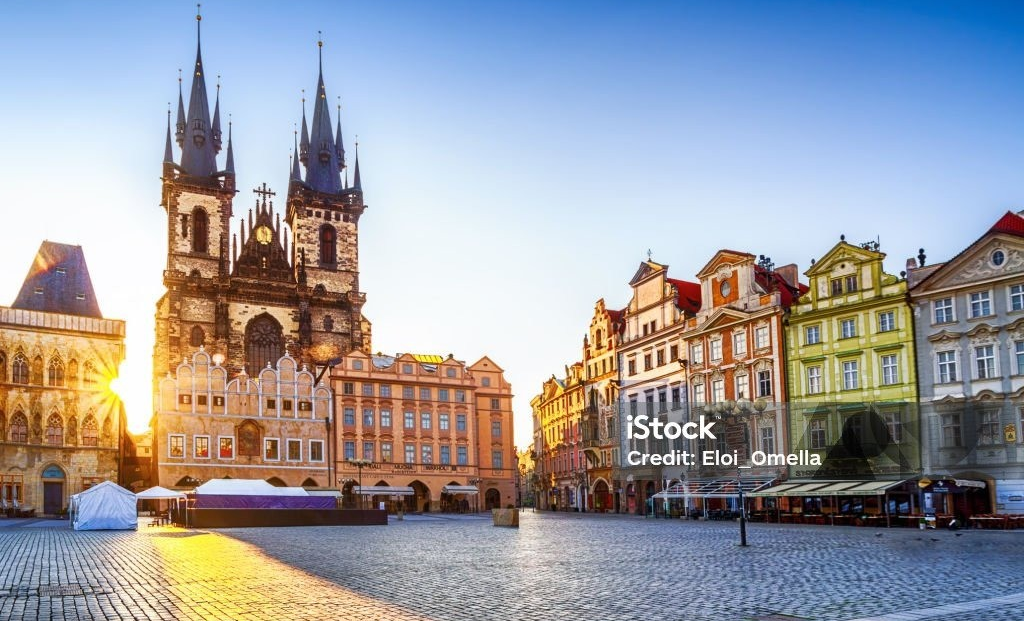
You’re going to find out about the soul of Prague one neighborhood at a time, reveling in the distinctiveness that each sector possesses.
Walking through Prague is like flipping through the pages of a dynamic history book. From the imposing Gothic structures that pierce the sky to Baroque buildings that seem to dance with elaborate decor, the city offers an array of visual feasts. And it’s not just about the famous landmarks either; it’s also about the lesser-known nooks that hold their own charm and significance. As I guide you through the city’s streets, I’ll highlight the nuances that contribute to Prague’s architectural montage.
Let’s march towards the Castle Quarter and unravel the magnificence that awaits.
The Grandeur of Prague’s Castle Quarter
You’ll find out about a quarter in Prague that isn’t just about royal history, it’s also a canvas where each stone and spire tells a story. The Castle Quarter, or “Hradcany,” is home to Prague Castle. This castle complex includes St. Vitus Cathedral, Old Royal Palace, New Royal Palace, Basilica of St. George, and Lobkowicz Palace.
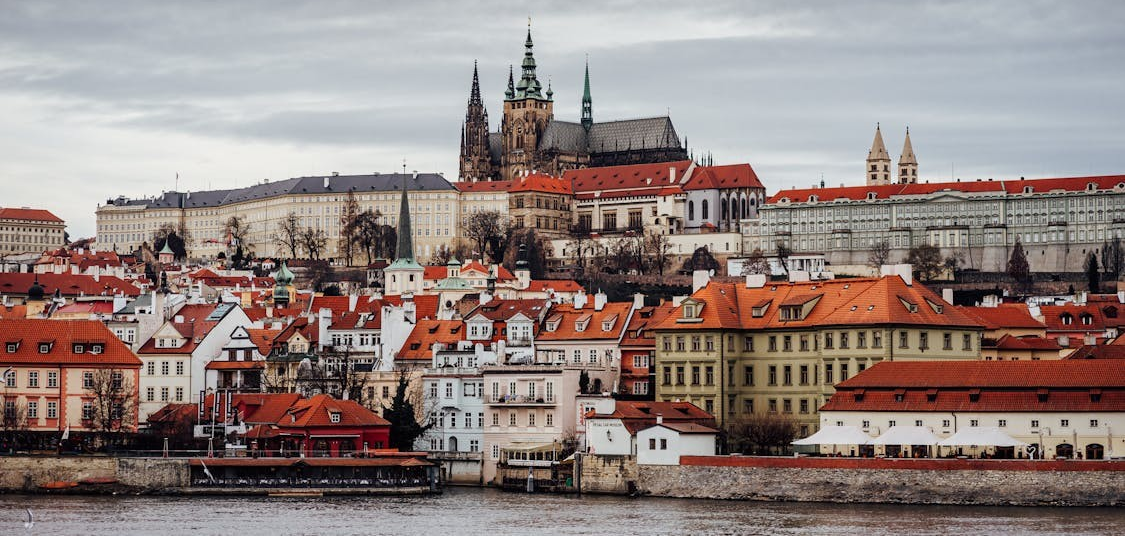
St. Vitus Cathedral is a Gothic masterpiece and the spiritual heart of Prague. With their soaring spires, the Cathedral’s twin towers dominate the Prague Skyline. Pointed arches and vaulted ceilings create an impression of height and grandeur. The large, intricate stained glass windows, including the famous Rose Window, depict biblical scenes and saints, filling the interior with colorful light.
Old Royal Palace: A historical building with Gothic and Renaissance architectural elements, dating back to the 12th century, it served as the seat of Bohemian kings. Its Vladislav Hall reflects, with Gothic vaults and large, symmetrical Renaissance windows, the transition in architectural design from Late Gothic to Renaissance.
New Royal Palace at Prague Castle; is primarily built with Baroque grandeur, and Renaissance symmetry and proportions. The offices of the Czech president are situated within the New Royal Palace.
The Basilica of St George, meanwhile, hearkens back to Prague’s Romanesque roots. Its austere facade belies the beauty within, a quiet minimalism that echoes the past. Now a concert venue, this basilica lets you experience the awe-inspiring acoustics resulting from centuries-old design.
Lobkowicz Palace, located within the Prague Castle complex, is a 16th-century Baroque palace housing the Lobkowicz Collections. It features artworks by Bruegel, Canaletto, and Velázquez, and original scores by Beethoven and Mozart. The palace offers stunning views of Prague and a unique glimpse into the Lobkowicz family’s cultural heritage.
Each corner of the Castle Quarter is steeped in history, offering a vivid architectural journey back in time. But as you venture beyond the protective shadows of the castle, the cobblestone paths lead you to a different era altogether – the intriguing and equally captivating Old Town of Prague.
Historical Canvas of Prague’s Old Town
Old Town Square: a bustling center of activity, ringed by colorful facades and the palpable echoes of history. It’s here where generations of artisans, traders, and locals have left an indelible mark on the city’s lore.
Church of Our Lady before Tyn: this isn’t just about its imposing spires visible from all over the city, it’s also about the tales hidden within its Gothic walls that have been standing since the 14th century.
Kinsky Palace: standing with pastel dignity, the palace is a window into the Rococo spirit that once swept through Prague, now housing cultural treasures as part of the National Gallery.
The Spanish Synagogue, located in the heart of the Jewish Quarter in Old Town, is an exquisite example of Moorish Revival architecture. The synagogue was built in the late 19th century. Its features like intricate stucco arabesques, colorful stained glass windows, and elaborate interior decorations draw inspiration from the Alhambra in Granada, Spain. Now, let’s cross the Vltava River to discover the seamless blend of history and elegance in the Lesser Town.
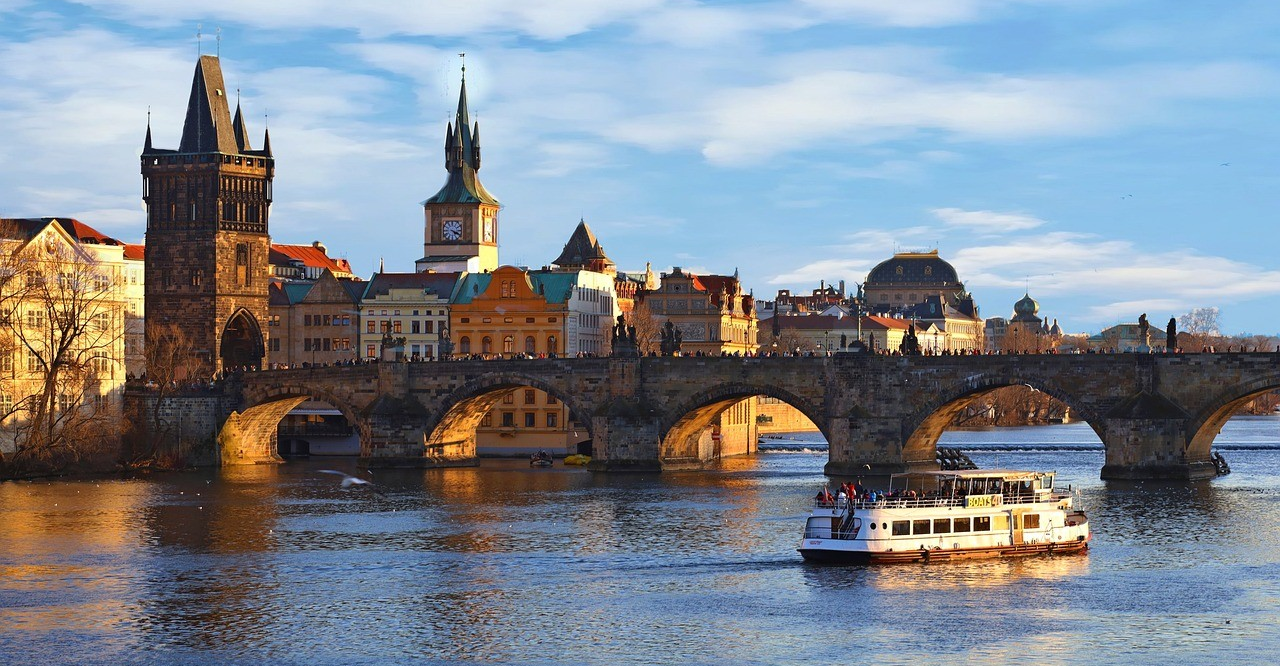
The Charles Bridge, commissioned by Emperor Charles IV and completed in the early 15th century, is a stunning example of Gothic architecture. Spanning the Vltava River, this iconic bridge connects the Old Town with the Castle Quarter and Lesser Town, providing a vital link between Prague’s most historic areas. Adorned with 30 Baroque statues added in the 17th and 18th centuries, the bridge is not only a functional structure but also an open-air gallery that offers breathtaking views of the city’s skyline.
Key Architectural Features of Lesser Town:
St. Nicholas Church: A quintessential example of High Baroque architecture, renowned for its grand dome, ornate interior, and stunning frescoes.
Wallenstein Palace: Another Baroque masterpiece, this palace complex includes beautiful gardens, grand halls, and Baroque decor. This palace houses the Senate of the Czech Republic.
Lesser Town Square (Malostranské náměstí): The central square features a mix of Baroque and Renaissance buildings, including the Old Town Hall.
Church of Our Lady Victorious: Known for its Gothic foundation and later Baroque additions, it houses the famous statue of the Infant Jesus of Prague.
Nerudova Street: A picturesque street lined with Baroque and Renaissance houses, leading up to Prague Castle.
Kampa Island: Known for its beautiful park and Baroque houses along the waterfront.
Lesser Town’s architectural beauty lies in its harmonious blend of styles, reflecting the neighborhood’s rich history and cultural significance.
New Town Architectural Highlights
Prague’s New Town (Nové Město) is known for its vibrant mix of architectural styles, including stunning examples of Gothic, Baroque, Art Nouveau, and modernist architecture. Here are some architectural highlights:
Wenceslas Square (Václavské náměstí): A central boulevard that is both a commercial and cultural hub. Notable buildings include the grand National Museum at the top of the square, designed in a neo-Renaissance style, and various Art Nouveau buildings lining the square.
Dancing House (Tančící dům): An iconic modern building designed by architects Vlado Milunić and Frank Gehry. Its deconstructivist style and unusual, curving shape make it one of Prague’s most famous modern structures.
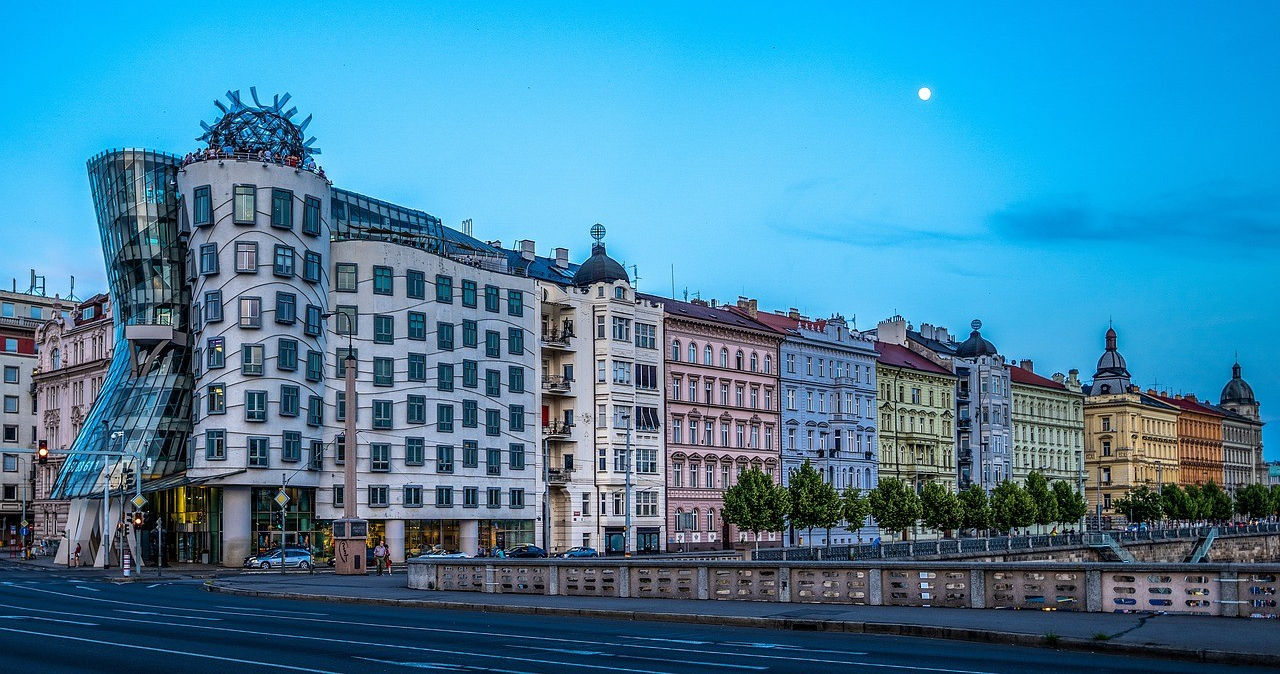
Church of St. Ignatius (Kostel svatého Ignáce): A beautiful Baroque church designed by Carlo Lurago, located on Charles Square (Karlovo náměstí). Its ornate interior and impressive facade are notable features
Charles Square (Karlovo náměstí): One of the largest squares in Europe, surrounded by important historical buildings, including the New Town Hall (Novoměstská radnice), which features a mix of Gothic and Renaissance elements.
Lucerna Palace (Palác Lucerna): An Art Nouveau complex that includes a grand concert hall, a cinema, and shops.
Municipal House (Obecní dům): Although located on the boundary of the Old and New Towns, this Art Nouveau gem is worth mentioning. It features lavish interiors and is adjacent to the Gothic Powder Tower (Prašná brána)
Šítkov Water Tower and Manes Gallery: The water tower is a Gothic structure, and the nearby Manes Gallery is a functionalist building that serves as an important exhibition space.
Retracing Steps: A Reflection on Prague’s Architectural Ensemble
As we round off our journey through Prague’s diverse tapestry of architectural feats, it’s clear that each neighborhood stitches its own unique thread in the city’s urban quilt. From the towering spires of the Castle Quarter to the rhythmic flow of the Dancing House in New Town, Prague presents a living gallery, rich with historical resonance and contemporary flair.
Walking through the bustling ancient squares and serene cobblestone alleys, you’re not just witnessing a showcase of styles spanning centuries; you’re experiencing the narrative of Prague itself, told in stone, glass, and art.
I hope that you’re inspired to take a stroll down these historical lanes and let the city’s structural symphony guide you to your own discoveries.
The true essence of Prague’s architectural splendor is best felt firsthand. Immerse yourself in the amazing architectural gallery of Prague.
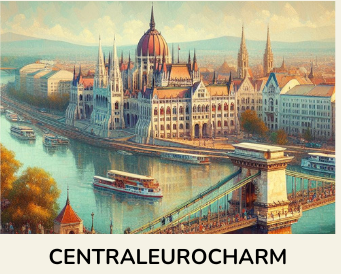

What an incredible showcase of Prague’s architecture! Your gallery beautifully captures the city’s rich history and stunning designs. I’m particularly fascinated by the blend of styles throughout the different eras. Do you have any favourite buildings or hidden gems in Prague that you would recommend visiting? Additionally, how do you think the architectural landscape of Prague compares to other European cities? Thanks for sharing such a captivating glimpse into this beautiful city!
Marios
My favorite part of Prague is the stunning Prague Castle Complex and the charming Old Town. Both areas, with buildings from the 12th to 18th centuries, feel like stepping into a fairy tale. The Gothic spires of St. Vitus Cathedral, the Romanesque grandeur of St. George’s Basilica, and the winding cobblestone streets of Old Town transport me to a different era. At the heart of the Jewish Quarter in Old Town lies the stunning Spanish Synagogue, a gem of Moorish Revival architecture. This synagogue was built in 1868, inspired by Alhambra Cathedral in Granada. The ornate designs of the Spanish-Moorish style fascinate me with its intricate interior: richly colored patterns, arches, and stained-glass windows.
Prague’s architecture stands out as one of the most unique in Europe due to its rich blend of styles that have developed over centuries. While cities like Paris or Rome are known for specific eras—Baroque in Rome, or Gothic and Renaissance in Paris—Prague offers an exceptional architectural “gallery” where styles from Romanesque, Gothic, Renaissance, Baroque, Rococo, and Art Nouveau coexist beautifully. Unlike many Western European cities that underwent heavy modernization, much of Prague’s historic charm remains intact, making it feel like stepping into a preserved time capsule.This diversity makes Prague architecturally distinct compared to cities in Austria, France, or Italy, where a dominant style might overshadow others.
While much of Prague’s architecture—such as Gothic, Renaissance, and Baroque styles—was shaped by Western European trends, its unique position as a Slavic capital introduced specific influences that set it apart.The Czech National Revival in the 19th century, during which the Slavic identity became more prominent, sparked a rise in Neo-Renaissance and Art Nouveau architecture, infused with national symbolism and Slavic motifs. The desire to celebrate Czech and Slavic heritage can be seen in buildings like the National Theatre and the Municipal House, which incorporate distinctly Czech designs and ornamentation, often featuring Slavic folklore, mythology, and historical figures.